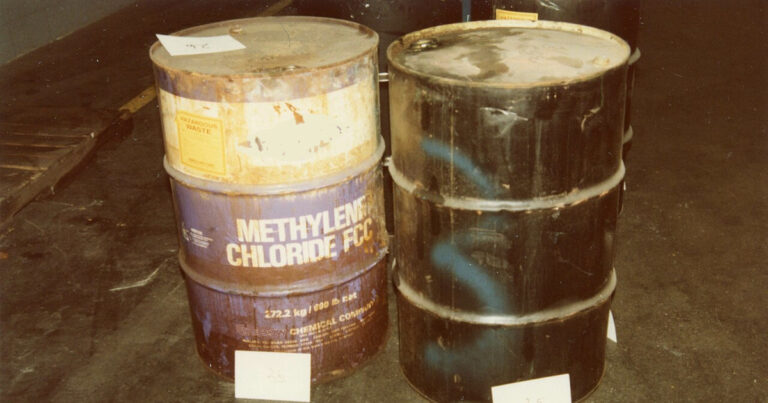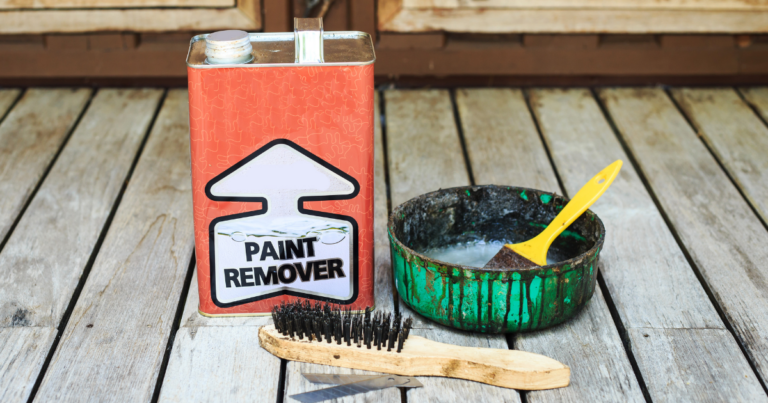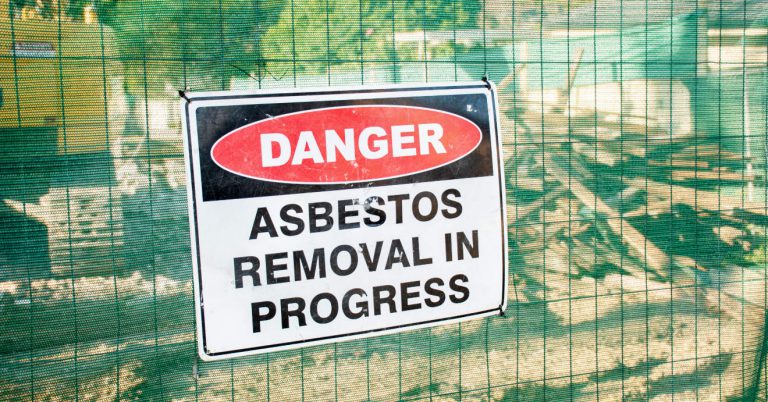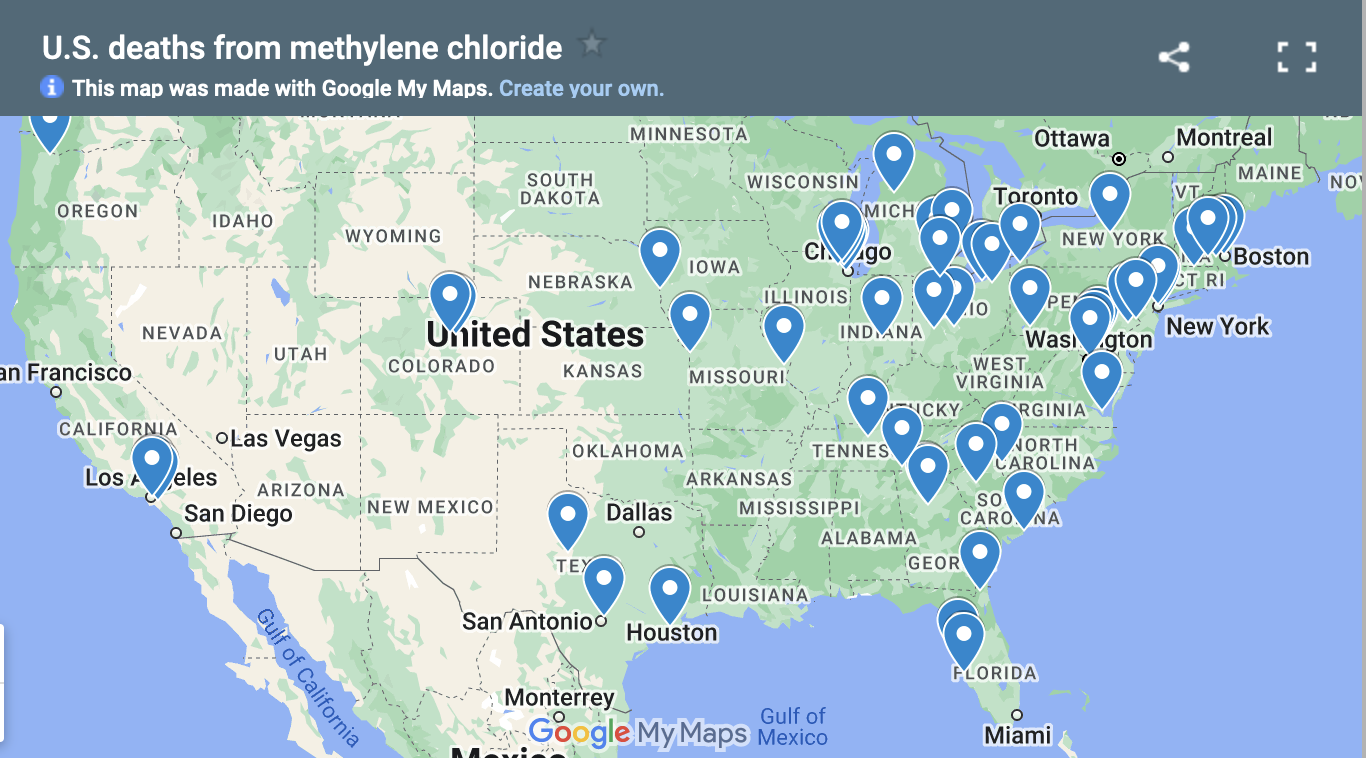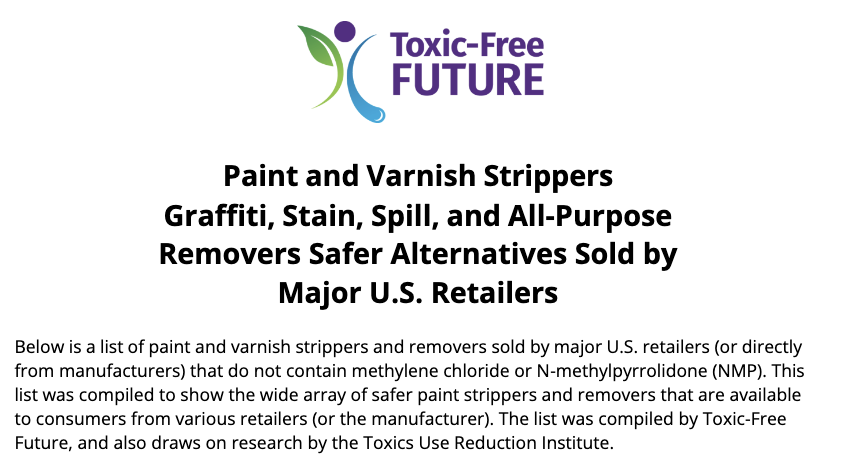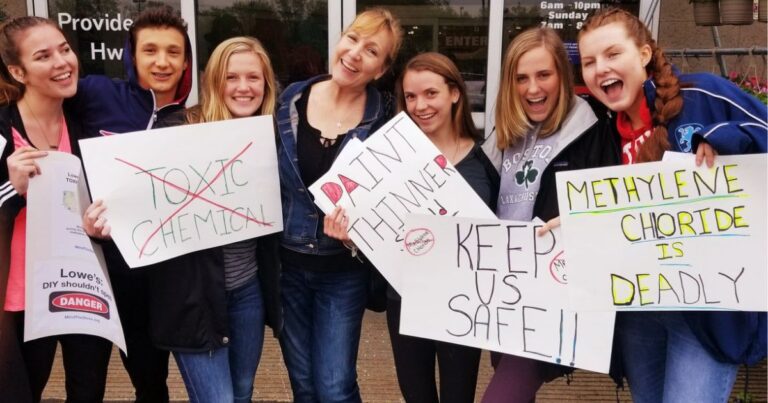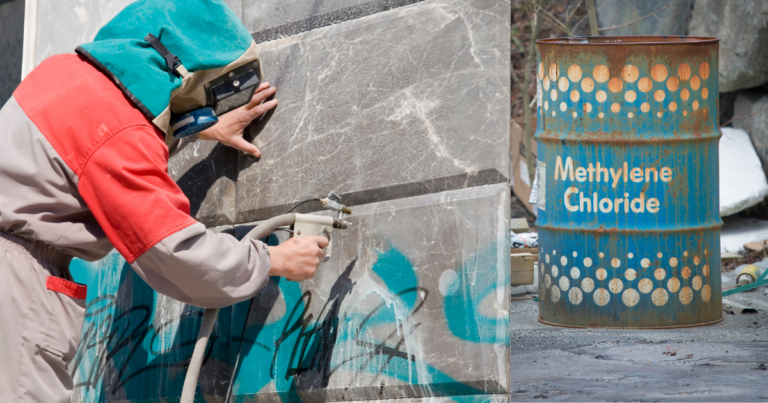EPA: Ban toxic methylene chloride
TSCA IMPLEMENTATION
Act Now!
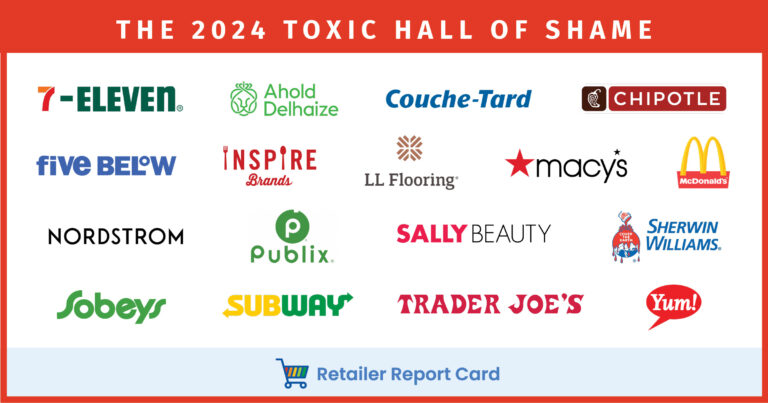
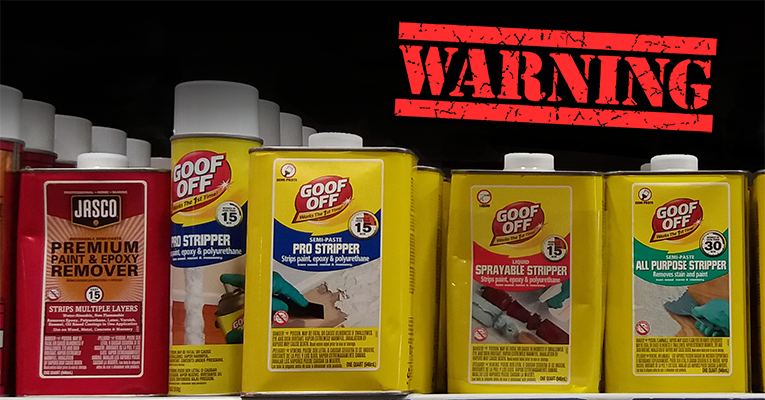 The Problem
The Problem
Methylene chloride (also known as dichloromethane or DCM), is an organohalogen solvent used in paint or coating removers and other products such as degreasers, and spot removers, among others. When fumes from methylene chloride build up, the chemical can cause asphyxiation and heart attacks. It’s happened to dozens of people who used paint and coating removers with the chemical, including Kevin Hartley and Joshua Atkins. Not one more family should lose a loved one to this chemical.
EPA and Corporate Actions
In 2017, the U.S. Environmental Protection Agency (EPA) proposed banning methylene chloride in paint stripping (for both consumer and commercial uses). Later that year, methylene chloride was one of the first ten “existing” chemicals on which EPA began a risk evaluation to review all uses of the chemical.
Toxic-Free Future campaigned to convince a dozen retailers, including Lowe’s, The Home Depot, and Walmart, to voluntarily stop selling paint strippers with this chemical. After meetings with families of people who had died due to acute exposures to the chemical, the EPA finally banned it from consumer products in 2019, but allowed continued use in the workplace—where it can be just as deadly as when it is used at home. In fact, of 85 documented fatalities due to exposure from 1985-2018, exposures on the job led to 75% of the deaths.
In 2020 and 2022, the EPA issued risk evaluations that found the vast majority of methylene chloride’s uses pose “unreasonable risk of injury to health or the environment.” In 2023, EPA proposed a ban on all consumer uses and most industrial and commercial uses of the chemical, with workplace protection requirements for time-limited critical use exemptions and notable exemptions for certain federal agencies.
We continue to press EPA to protect us all from all hazardous uses of this dangerous chemical.
Related Key Projects
Timeline
EPA and advocacy actions on methylene chloride
Media coverage
Recent posts on methylene chloride
